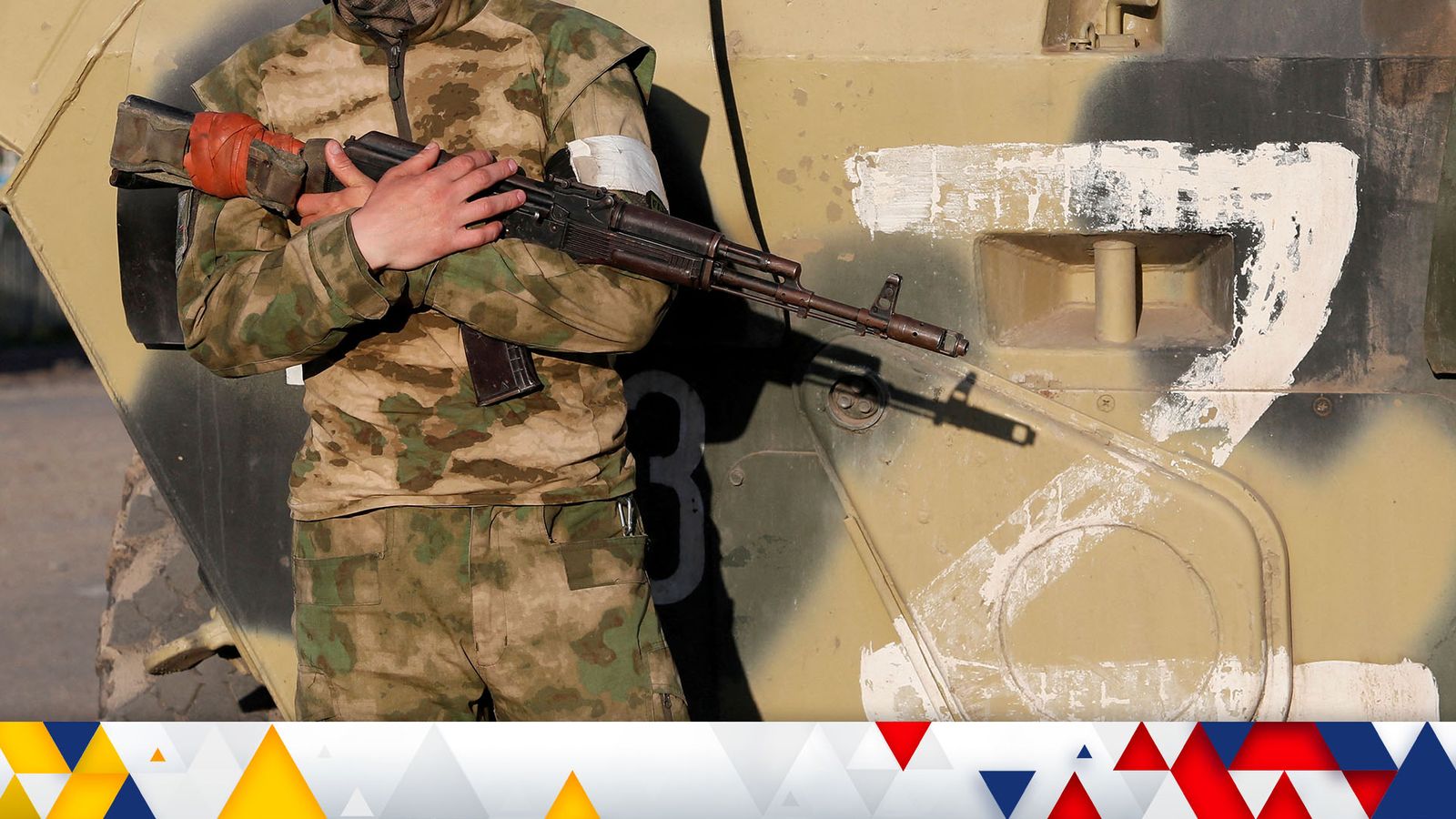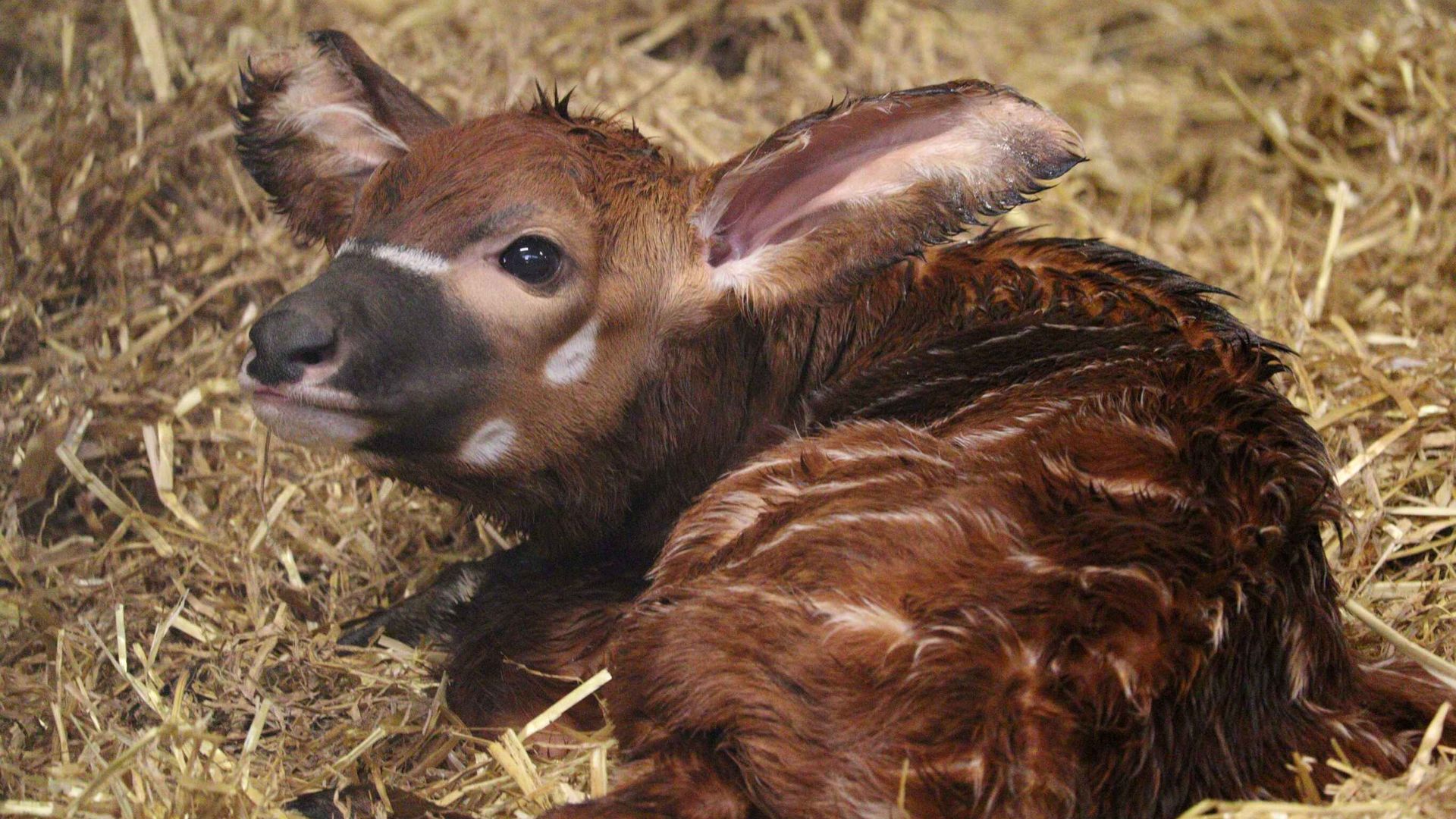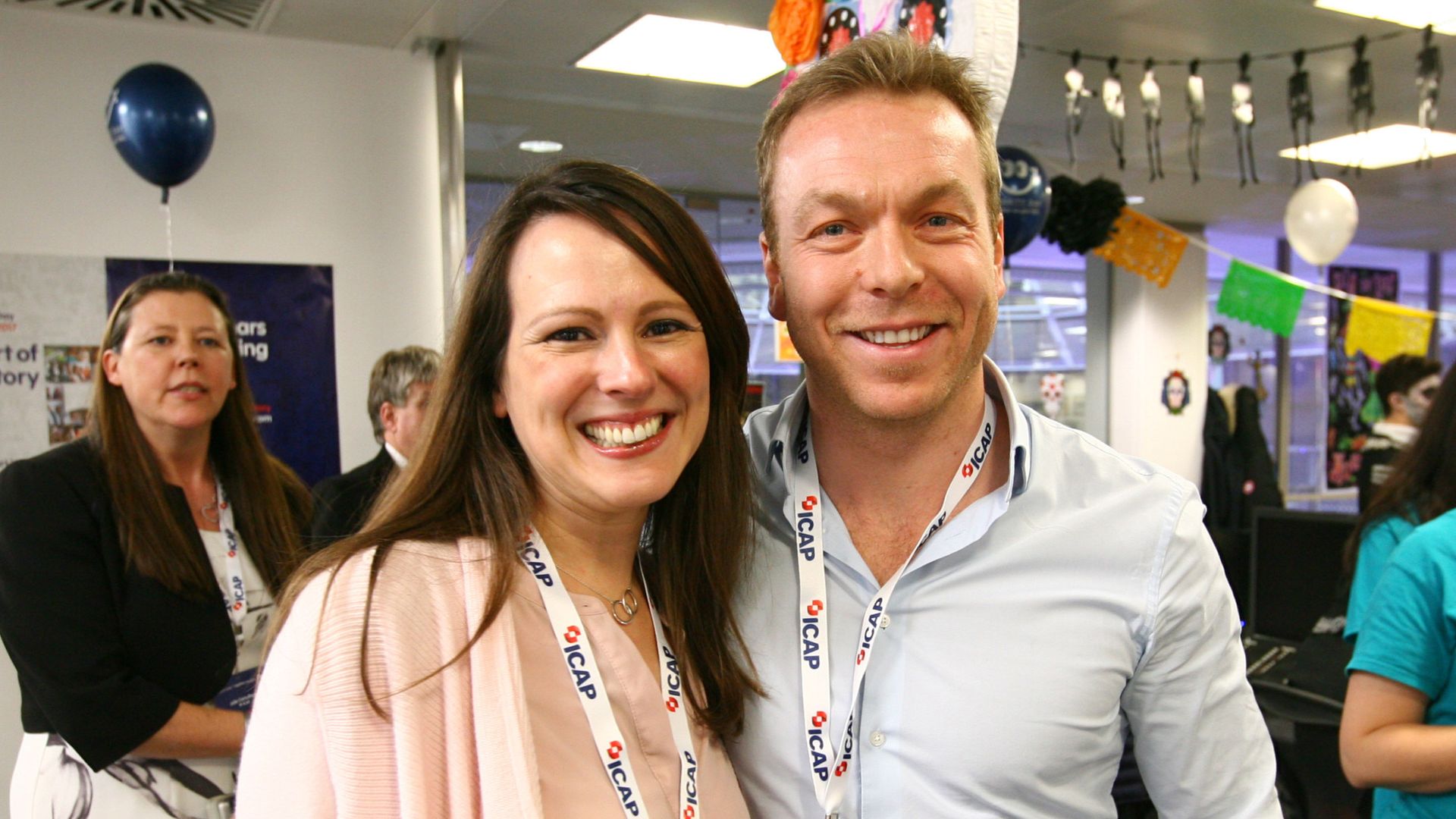Men called up for Russia’s partial mobilisation have started arriving at military bases, according to British intelligence.
“Russia will now face an administrative and logistical challenge to provide training for the troops,” the Ministry of Defence said.
It comes after Russian President Vladimir Putin – faced with a series of defeats in Ukraine – announced a partial mobilisation last week that could see 300,000 reserves called up to fight.
The threat of mass conscription has sparked protests around the country, and military-aged men have been fleeing in droves.
Many tens of thousands of call-up papers have already been issued, the UK MoD said in its latest intelligence update.
“Many of the drafted troops will not have had any military experience for some years,” the MoD said.
“The lack of military trainers, and the haste with which Russia has started the mobilisation, suggests that many of the drafted troops will deploy to the front line with minimal relevant preparation.
Estonia warns Russian residents they could be banned from EU if they answer draft to fight in Ukraine
More women than men at the protest in Moscow – one by one, they were thrown into police vans
Aiden Aslin: Freed POW says his Russian captors ‘punched him on nose’ when they found out he was British
“They are likely to suffer a high attrition rate.”
Videos have emerged showing men being forced onto buses as many citizens refused to take part in the war.
Protests over mobilisation have taken place in more than a dozen cities across Russia, with girls as young as 14-years-old arrested.
Please use Chrome browser for a more accessible video player
Hundreds of people were arrested over the weekend, and there were major protests in the Dagestan region yesterday.
Sky correspondent Alex Rossi in Moscow said: “Russia is a very heavily securitised police state. Dissent isn’t tolerated, but there have been sporadic protests all over the country. Thousands of people have been arrested, protesting against what the Kremlin is calling a partial mobilisation, but really, what to you and I, looks like mass conscription.”
The call-up of 300,000 reserves is almost double the initial invasion force, “so is a reflection really of how badly things are going on the battlefield, and shows that they have a very significant manpower problem”, he said.
General Sir Richard Barrons, a former head of the Joint Forces Command, told Sky News some individuals who are mobilised may find themselves on the front line in Ukraine very quickly.
“Of course, they wouldn’t necessarily be very enthusiastic about that,” he said. “And they won’t be very well trained, and are probably not very well equipped for this kind of mobilisation to make a difference.
“Russia would have to invest in training and equipping these large numbers of people that would take them well into next year. And it just doesn’t look like they have the training machinery, the logistics or the weapons to make this really work any time soon.”
As Russia steps up its conscription of citizens, Ukrainian President Volodymyr Zelenskyy has urged opposition troops to surrender to his country’s forces.
Please use Chrome browser for a more accessible video player
It comes as “sham” referendums continue in contested territory, which could lead to formal annexation of Ukraine’s land.
They are being held in the self-declared Donetsk (DPR) and Luhansk People’s Republics (LPR), and in Russian-occupied parts of the Kherson and Zaporizhzhia regions.
The move comes eight years after a similar process in Russian-occupied Crimea, which Moscow said was justification for annexing the peninsula.
Sky’s security and defence editor Deborah Haynes in Dnipro, Ukraine, said the move was “a further escalation of the war”.
“There is no sign on the Ukraine side that they are backing down, but they are clearly going to have to counter an ever-increasing Russian force as they try to defend their territory and win back their land,” she added.










